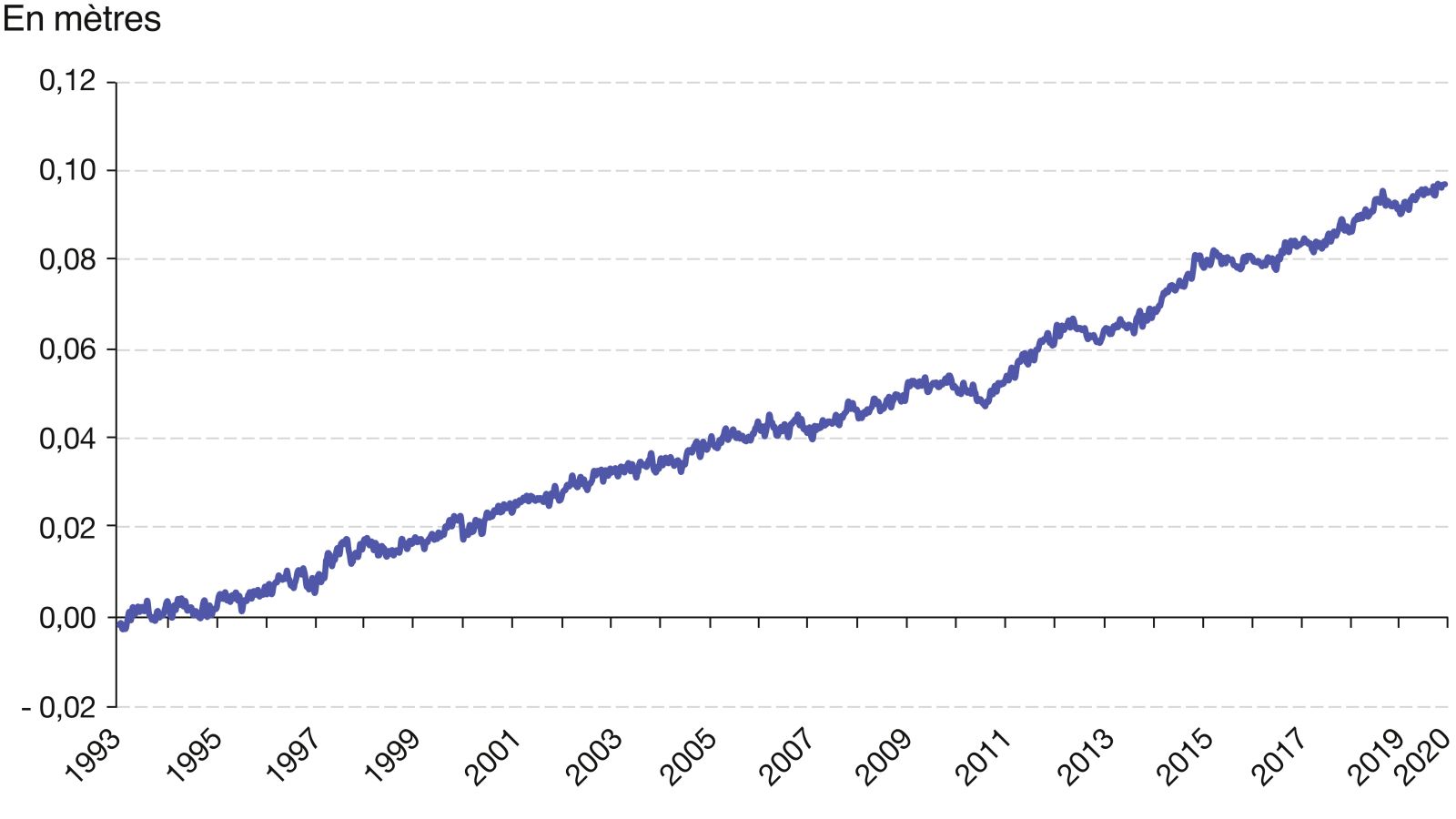Follow us on Google News (click on ☆)

Weather vs. climate: a striking example
Suppose it is January 5th, and the temperature is 32°F (0°C). It is difficult to predict accurately whether it will be warmer or colder on January 10th: this is a weather prediction. However, we can state with a high level of confidence that it will be warmer than 32°F (0°C) on July 5th. Even assuming it's the coldest day of the summer, it will still be warmer than in January: this is a climate prediction.
Weather forecasts are based on highly variable parameters and are influenced by numerous factors such as atmospheric and oceanic currents, making precision limited to a few days. This explains why it is often difficult to predict precise weather several days in advance. Weather models are complex and must constantly be updated with new data to maintain a minimum level of accuracy.
On the other hand, climate predictions rely on macro data, such as solar cycles or atmospheric composition. These data allow for long-term trend forecasting with high reliability. For example, in summer, the northern hemisphere of the Earth is more oriented towards the Sun, receiving more energy and heat than in winter. This orientation explains the temperature variations between seasons and allows us to predict with certainty that it will be, on average, warmer in July than in January.
The increase in solar energy input is not the only factor influencing the climate. Similarly, the loss of energy from the atmosphere, counterbalancing the solar energy input, is just as important. Greenhouse gases, such as carbon dioxide and methane, trap heat in the atmosphere, thus increasing global temperatures.
Observed and quantified consequences
Since the 19th century and the beginning of the industrial era, the proportion of greenhouse gases in the atmosphere has continually increased over the decades. With a very strong correlation, the global average temperature has steadily risen decade after decade, regularly breaking its own records.

Time series of average sea level, data extracted in September 2022.
Credits: E.U. Copernicus Marine Service Information
Processing: SDES, 2022
The rise in sea levels is another major consequence of global warming. Since 1900, sea levels have risen by about 7.9 inches (20 cm). This rise is mainly due to glacial melt and the thermal expansion of water. Projections indicate that sea levels could increase by several inches by 2100, causing flooding in low-lying coastal areas and affecting millions of people.
Climate models integrate global parameters and historical data to estimate future trends. For example, partial melting of the polar ice caps could raise sea levels by several feet over the coming centuries. Additionally, about 20 to 30% of assessed species are likely to face an increased risk of extinction if global warming exceeds 1.5 to 2.5°C above pre-industrial levels.
The difficulty in predicting short-term weather does not undermine scientists' ability to estimate climate trends over several decades. Climate is defined by long-term averages, while weather focuses on short-term variations. These distinctions are essential to understand and address the challenges of global warming and to act effectively against its effects.